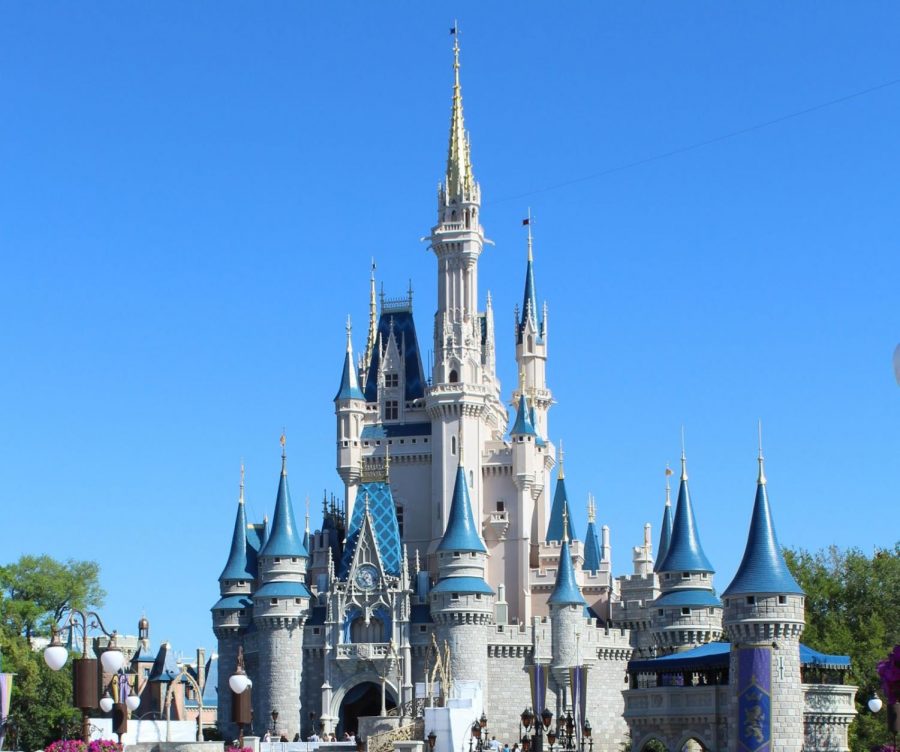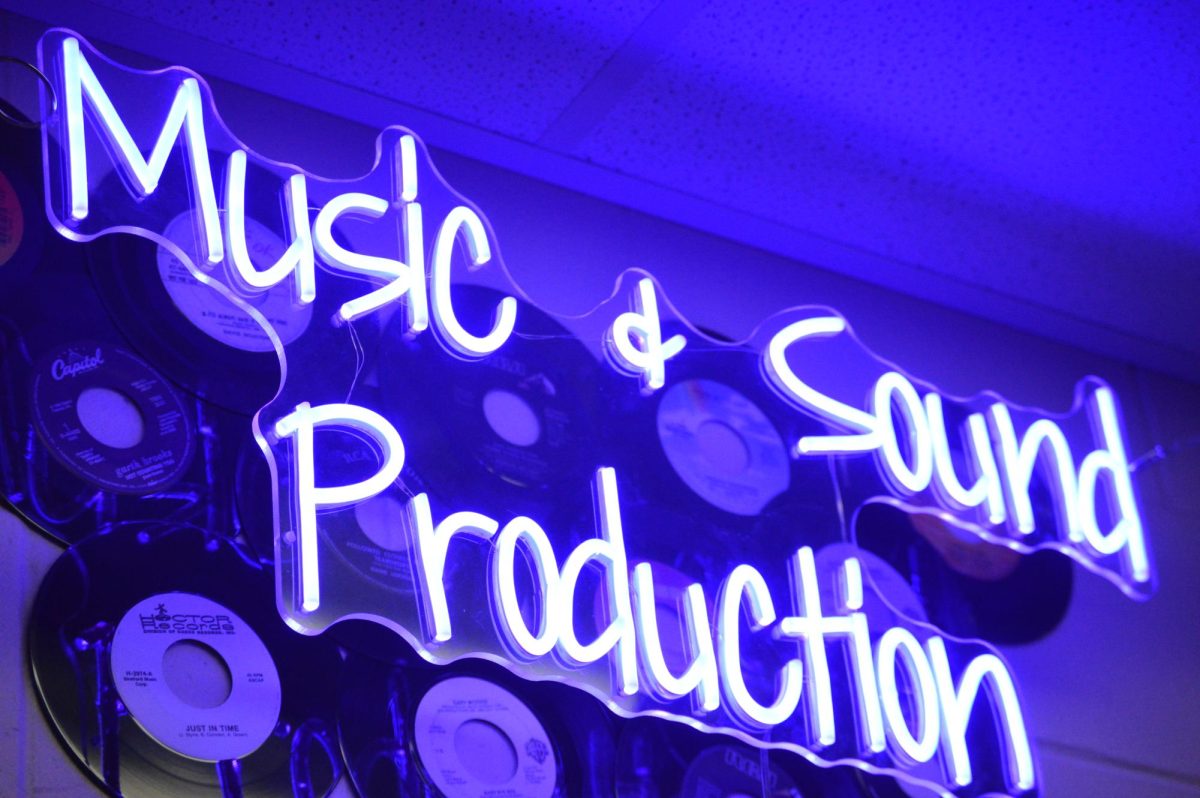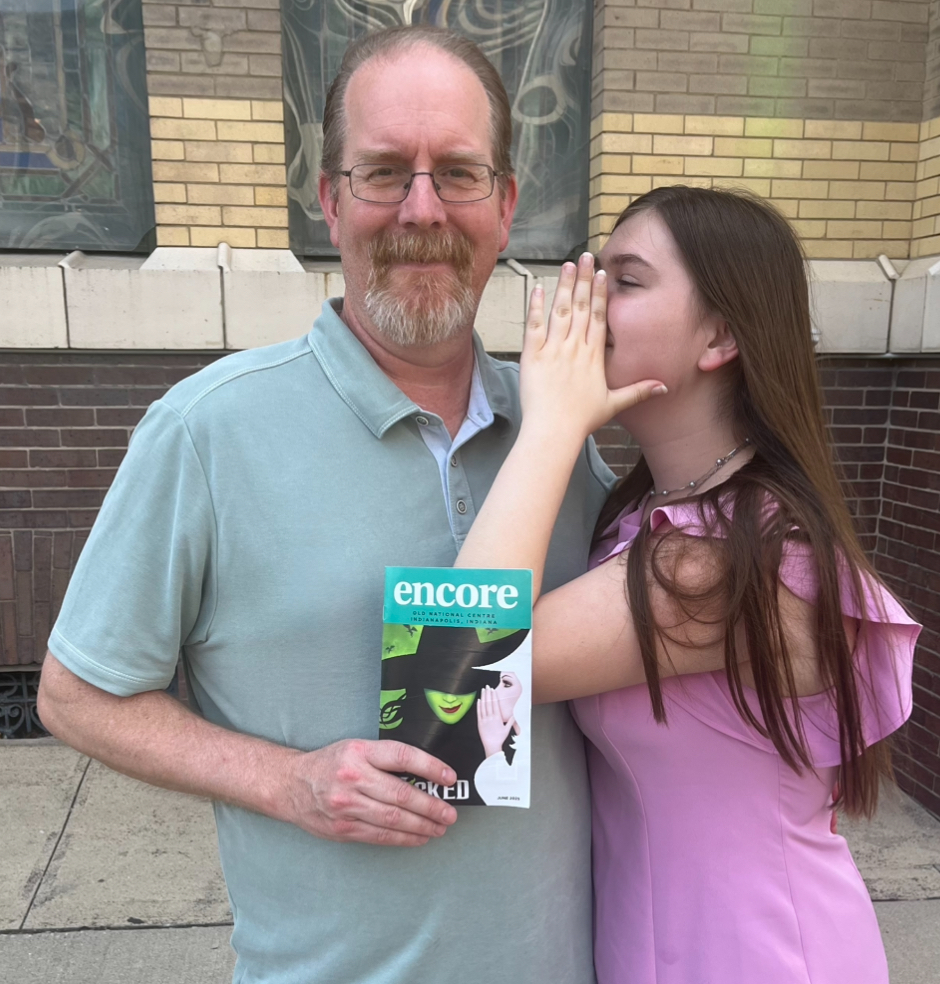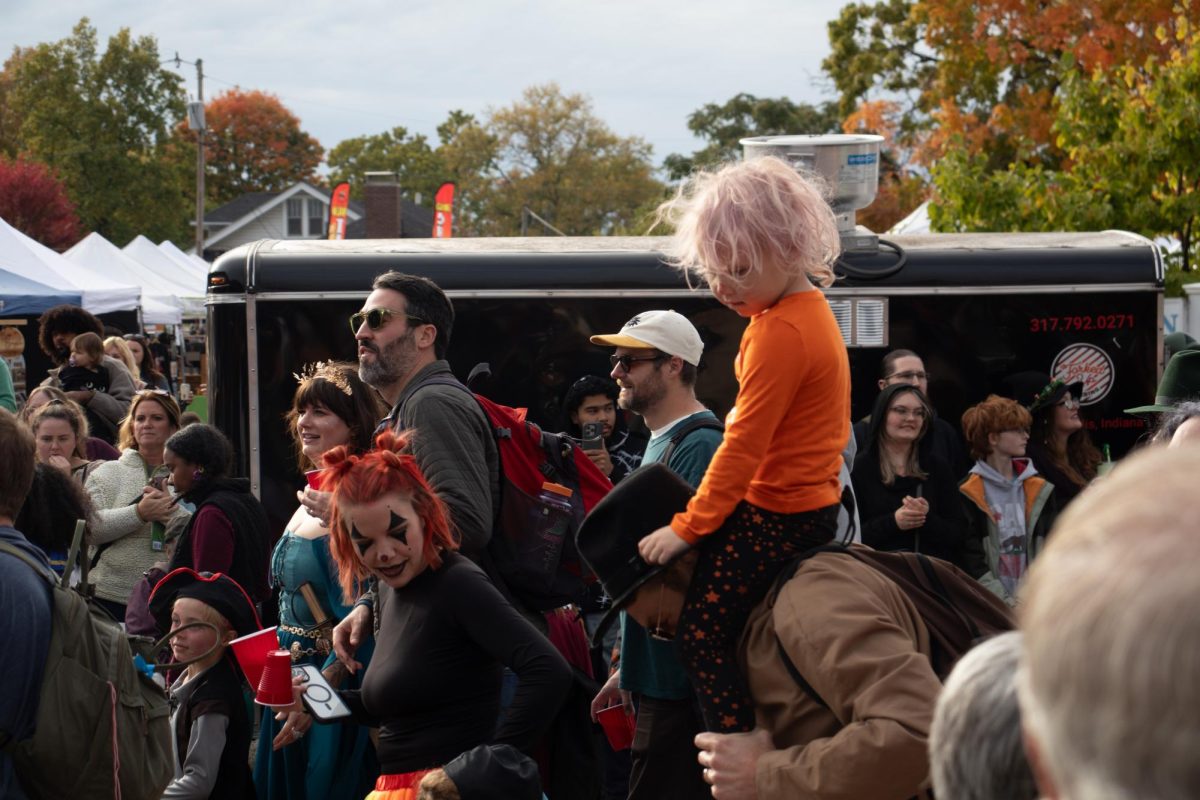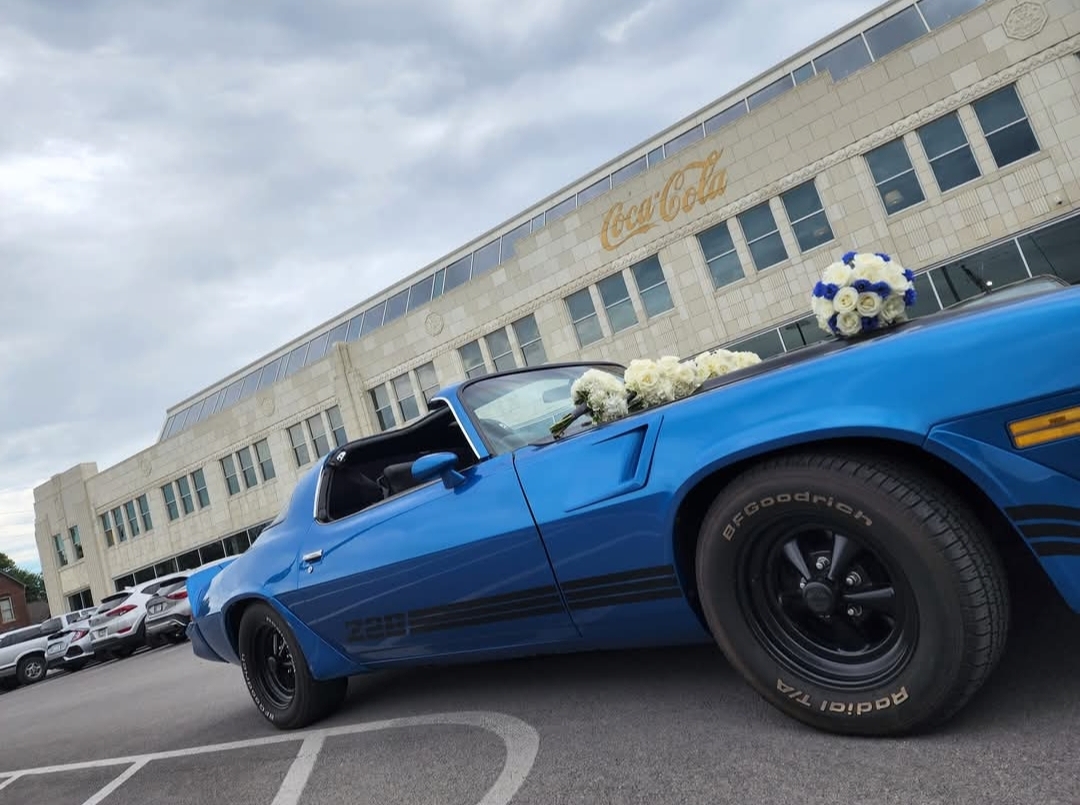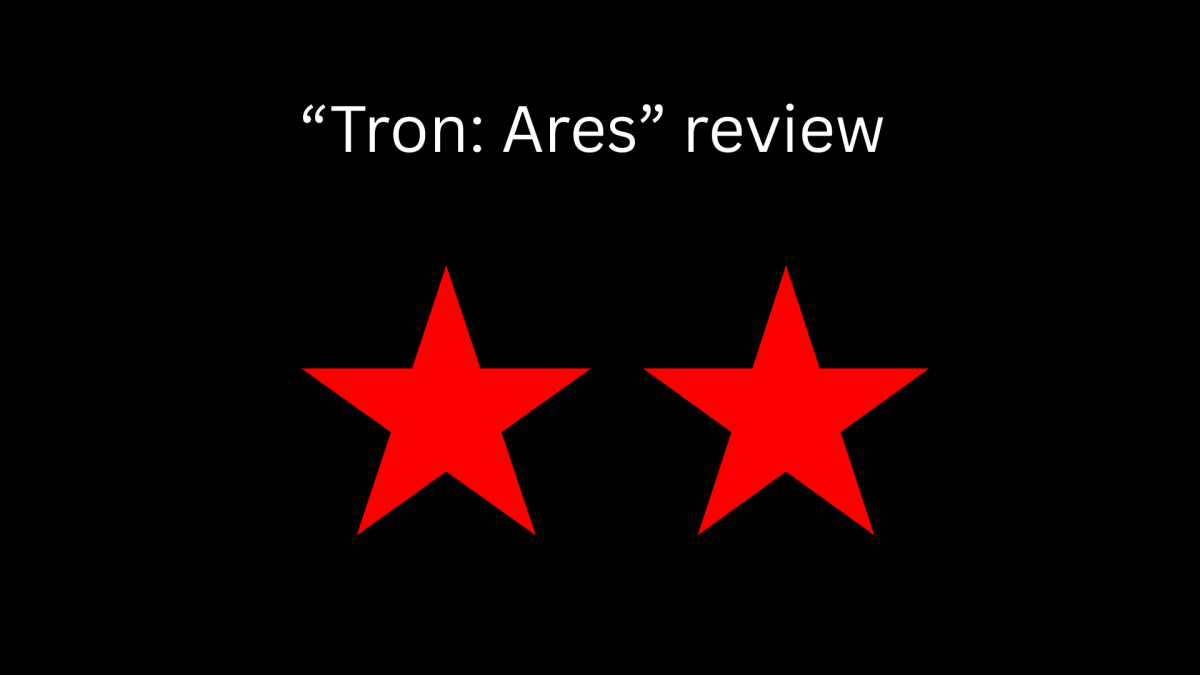The evolution of Disney princesses
A picture of Cinderella’s castle at Walt Disney World.
March 24, 2021
Over the past 90 years, Disney princesses have endured an extreme makeover. Young girls now look up to princesses who have saved an entire kingdom instead of ones whose sole purpose was to find true love. With their new release, “Raya and the Last Dragon,” Disney continues to create empowering plot lines and add to their list of communities and cultures represented within the royal legacy.
“I love how Disney is expanding on representation of different cultures,” senior Emily Legg said. “It’s really cool that every young girl can feel like they can relate to the princesses and feel like they are being acknowledged.”
The timeline of Disney princesses is a distinct reflection of changing societal norms. The first three princess films, “Snow White and the Seven Dwarfs”, “Cinderella” and “Sleeping Beauty,” were made in the 1930’s to 1950’s. In these films, Disney employed stereotypical gender roles, which involved the princesses focusing on household duties instead of their ambitions. The Damsel in Distress trope was the main plot line in all three of these films, insinuating that a woman’s survival and happiness was entirely dependent on a man.
“My least favorite princess is probably Snow White because she doesn’t really stick up for herself,” senior Cassie Meyer said. “She follows what other people tell her to do and especially listens to what the men in the story tell her.”
Disney took a hiatus from producing princess films after Sleeping Beauty’s box office failure. But, in the early 90s, “The Little Mermaid” and “Beauty and the Beast” appeared and were fresher takes on Disney princesses. Ariel and Belle were more outspoken and intelligent, but there still was a clear emphasis on the princesses’ appearance. Although the films allowed the princesses’ personality to shine through, the plots still revolved around trying to obtain a husband.
“I used to love “The Little Mermaid” as a kid, but as I grew up, I realized that she wasn’t my favorite princess anymore,” Legg said. “Ariel gives up her singing voice, the thing she loves about herself, to impress a man that she doesn’t know. She’s super young and gives up her life under the sea for a man she just met.”
Then, Disney ditched many of the old-fashioned stigmas and decided to take on a whole new chapter of royalty. The next four princess films, “Aladdin”, “Pocahontas”, “Mulan” and “The Princess and the Frog”, all featured women of culturally diverse backgrounds. The progressiveness was also accompanied by deeper character development, apart from Princess Jasmine since the film focused on Aladdin. They rebelled against authority figures and societal customs, as seen with Mulan’s decision to help fight for her country, despite their strict policy against women joining the army.
“Princesses have become much more determined and goal-orientated over time,” Meyer said. “I love how Disney made princesses that believe they don’t need a prince to come and save them.”
The most recent era of Disney princesses stresses the importance of independence and appreciates the true heroine within each of them. Their plots revolve even less around men and instead highlight their captivating personalities. Moana broke away from the traditional thin and slender figure that is universal for all other princesses, helping promote body diversity and positivity.
“The earlier princesses set unrealistic standards for girls,” Meyer said. “They had to act a certain way and be very proper and girly. Now, there is a bit more variety and freeness among them. Take Merida for example, who never brushes her hair and doesn’t put much effort into her appearance.”
Although Raya has not been officially sworn into the royal court, it is highly likely that she will. According to co-writers of the film, Adele Lim and Qui Nguyen, they referred to the film as a “princess movie” and wrote it as such. Also, Raya’s father is the head of Kumundra’s Heart Land, technically qualifying her as a princess. Critics point out that due to her lack of singing throughout the film, she shouldn’t be considered a Disney princess. Nonetheless, she tackles daunting tasks throughout the film and attempts to save the people of her kingdom.
“I thought that the movie “Raya and the Last Dragon” was beautiful,” Legg said. “I loved the representation of Southeast Asia throughout the film and loved that she was another warrior princess, like Mulan.”
“Raya and the Last Dragon”, along with all of the other Disney princess films are available on Disney+ for streaming.


